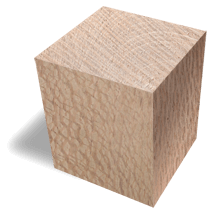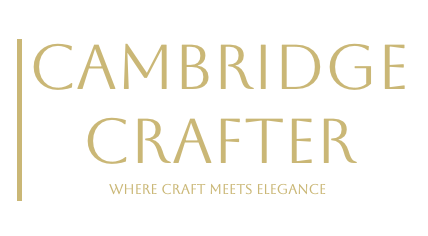
Lacewood
Lacewood typically refers to the wood of the European Plane tree (Platanus hybrida, commonly known as London Plane in the UK), though the term is sometimes applied to other species like Australian Lacewood (Cardwellia sublimis) or Brazilian Lacewood (Roupala montana). In the UK context, London Plane is most relevant, as it’s widely planted in urban areas for its tolerance of pollution and ability to thrive in poor soils. These deciduous trees grow to 60–100 feet tall with trunk diameters of 3–5 feet, often featuring mottled, peeling bark that reveals a patchwork of colours.
The heartwood of Lacewood (London Plane) ranges from light reddish-brown to a medium brown, often with a pinkish or golden hue, while the sapwood is a pale cream or white, blending gradually into the heartwood. The defining feature of Lacewood is its distinctive grain pattern, which appears when the wood is quartersawn: the medullary rays create a striking, lace-like or leopard-spot pattern, with flecks of darker brown against the lighter background. The grain is typically straight but can be interlocked, with a medium to coarse texture and a moderate natural lustre.
Lacewood has a density of around 550–650 kg/m³, making it a moderately hard and strong wood with good stability once seasoned. It’s not particularly durable, with poor resistance to decay and insects, so it’s best suited for indoor applications unless treated. The wood works well with both hand and machine tools, though the interlocked grain can cause tearout during planing, requiring sharp tools for a clean finish. It glues, stains, and finishes effectively, with the lace pattern often highlighted by a clear finish, though its open grain may require filling for a smooth surface.
When worked, Lacewood has a mild, neutral scent, typical of many temperate hardwoods, with no strong aroma. In the UK, it’s often used for decorative veneer, cabinetry, and furniture, particularly where its unique grain can be showcased, such as in panelling or table tops. It’s also popular for turned objects like bowls or small boxes, and occasionally for marquetry, where its distinctive pattern adds visual interest. London Plane’s urban abundance makes it a sustainable choice for local craftsmen, often sourced from trees felled for maintenance in cities like London.
Lacewood from London Plane is moderately priced and widely available in the UK, as the tree is common and not under conservation threat—Platanus hybrida is not listed on CITES or the IUCN Red List. However, the lace pattern is most pronounced in quartersawn boards, which can be less common and slightly more expensive to produce. Its combination of an attractive, unique grain and workability makes Lacewood a popular choice for decorative woodworking projects in British craftsmanship.
